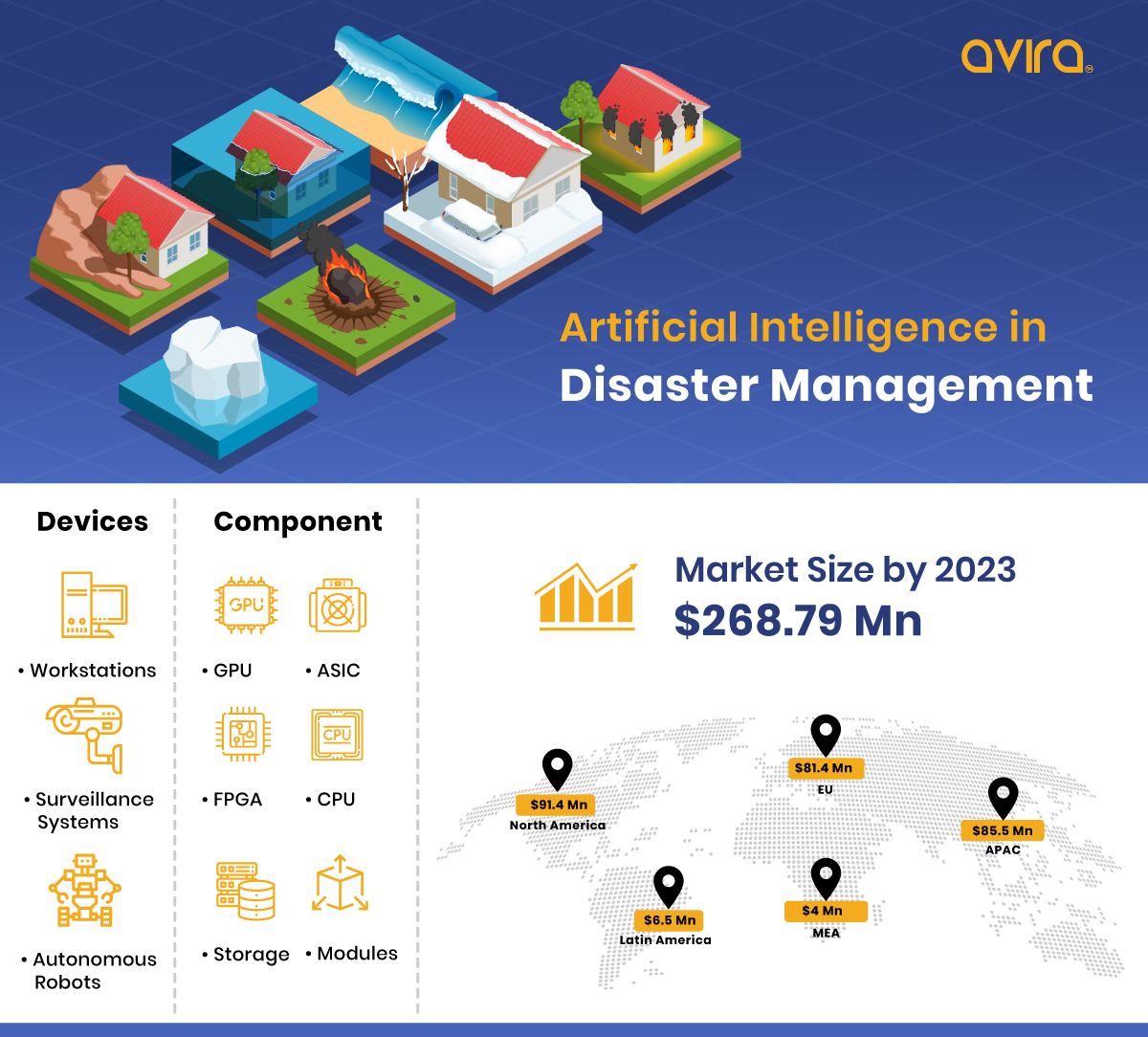
AI-Powered Crisis Response: Enhancing Disaster ManagementAI-Powered Crisis Response: Enhancing Disaster Management Disasters strike without warning, leaving communities vulnerable and overwhelmed. Traditional disaster management strategies often fall short in providing timely and effective response. Artificial intelligence (AI) has emerged as a transformative tool in crisis response, empowering organizations with the capabilities to mitigate, prepare for, and respond to emergencies efficiently. Early Warning and Detection AI can analyze vast amounts of data from multiple sources, including satellites, weather sensors, and social media, to detect early warning signs of impending disasters. Machine learning algorithms can identify patterns and anomalies in data to predict the likelihood and severity of events. This information allows disaster management teams to take proactive measures, mobilizing resources and issuing public alerts. Improved Situational Awareness AI-powered tools provide real-time situational awareness during a crisis. Disaster response teams can use AI algorithms to analyze aerial imagery, satellite data, and ground-based sensors to gain a comprehensive view of the impacted area. This information helps responders identify critical infrastructure, assess damage, locate trapped individuals, and coordinate resources. Targeted Response and Recovery AI can assist in prioritizing response efforts and tailoring assistance to specific needs. By analyzing demographic data, disaster history, and social media sentiment, AI can identify vulnerable populations and areas requiring immediate attention. Disaster management teams can then allocate resources accordingly, ensuring that critical aid reaches the most affected individuals and communities. Communication and Coordination AI can enhance communication and coordination between disaster managers, responders, and the public. Natural language processing algorithms can automate responses to emergency hotlines, provide information updates, and translate messages into multiple languages. AI-powered chatbots can also provide assistance to survivors, offering emotional support and connecting them with resources. Long-Term Recovery and Resilience Beyond immediate response, AI can play a vital role in long-term recovery and resilience. AI algorithms can analyze recovery data to identify areas for improvement and develop strategies for reducing future disaster risks. By incorporating AI into disaster management plans, communities can strengthen their resilience and better prepare for future emergencies. Conclusion AI-powered crisis response is revolutionizing disaster management. By providing early warning, improving situational awareness, targeting response efforts, enhancing communication, and supporting long-term recovery, AI empowers organizations to respond to disasters more effectively and efficiently. As AI technology continues to advance, its potential to save lives and mitigate the impact of disasters will only grow.
Posted inNews